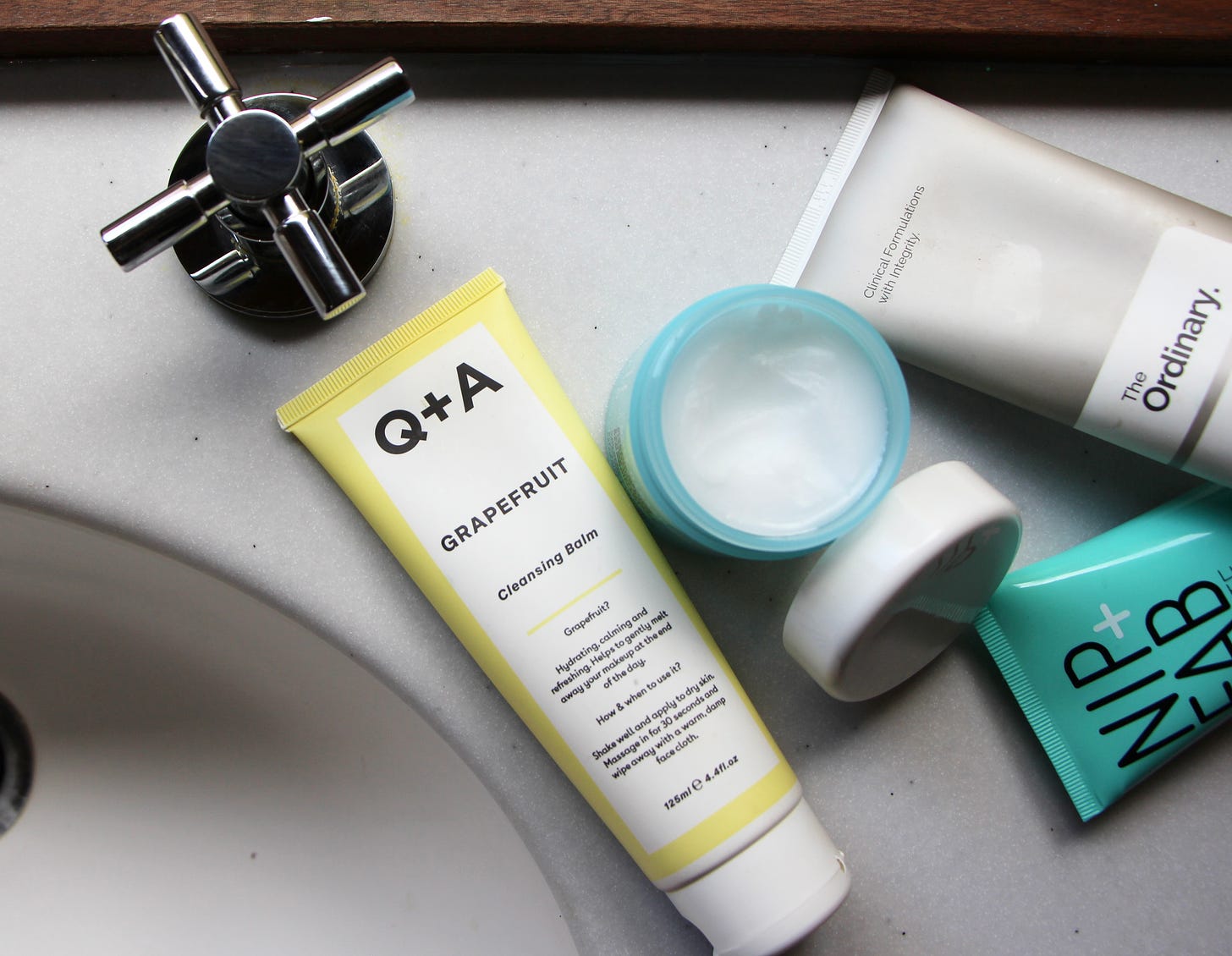
November is National
Caregivers Month! To celebrate and show gratitude for our caregivers, I dedicate
this blog post to you! First, I want to share some caregiver nomenclature to
help everyone understand more about this role.
Caregiver – A
person providing care for another. Also known as care partner or care provider.
Care Recipient – The
person receiving care.
Informal Caregivers –
This means uncompensated or unpaid caregivers, which make up the bulk of
caregiving roles. Most are spouses and a whopping 61% work outside the home
while concurrently providing care. They are spouses, partners, relatives, friends,
and neighbors, providing shopping, food prep, laundry, housework,
transportation, and helping with medications. Spousal caregivers are also known
as “No Choice Caregivers,” as they are caring for a spouse out of obligation
and convenience.
Formal Caregivers –
These are employees of a company that provides care inside the home. They
typically help people who need a higher level of care. They help with feeding,
dressing, grooming, walking, bathing, toileting, transferring, and in some
cases provide skilled care.
Long-Distance Caregivers –
They are geographically distanced and not able to provide daily in-person
support.
Sandwich Generation
Caregivers – About one-fourth of caregivers are taking care of
people older and younger than they are. Thus, they are “sandwiched” between two
other cohorts of care recipients. They are typically Baby Boomers (born 1946-1964)
caring for parents/grandparents and children/grandchildren. The majority of
sandwich generation caregivers are employed outside the home. Unfortunately,
the majority are not engaging in self-care because they have no time for it.
Caregiver exhaustion and
burnout are dangerous. Health related stress, difficulties balancing
family/work, guilt, depression, isolation, and fatigue is common. Further, exhausted
caregivers make mistakes with medication, potentially harming the care
recipient. Caregivers don’t realize they are burned out and continue providing
care. They put off their diagnostics, teeth cleaning, routine exams, and often
become sick and die due to neglect.
I recommend that caregivers take the Zarit
Short Form assessment monthly, score it, and keep track of scores. The
quantitative assessment is an accurate and non-judgmental method of keeping
tabs on mental and physical health. Take the completed forms to your healthcare
provider and have a discussion. I have attached the Zarit Short Form below.
Feel free to copy it and use it monthly.
Although it makes sense that
caregivers need support groups, they have no time and therefore avoid them.
Online caregiving support groups have been embraced and they have become
popular, especially among long-distance caregivers. They are typically a
Facebook closed group.
The medical system in the
United States is an acute care model of fragmented services and navigating the
system is overwhelming. Consequently, caregiver resources are scattered all
over the internet. I recommend using government agencies and credible sites for
conducting research. Avoid dot coms, as those sites have a profit motive, and
their stats are not reliable.
Readers, we need to
compensate informal caregivers. The National Partnership for Women and Families
estimates that “unpaid caregiving is worth $305.01 billion a year for men
and $626.57 billion for women….In other words, the caregiving time gap costs
women an extra $321.56 billion a year” (NPWF, 2023). Why? Women caregivers
outnumber men. Taking time away from the workforce has long-range impacts on
career progression, promotions, and lifetime reported wages, which ultimately
impact financial security.
Think about how many
billions a year caregivers provide help annually when you consider voting and
vote for those politicians who embrace compensation.
Finally, please thank a
caregiver this month. Take them out to lunch, take over their duties for an
hour or a day. Buy them flowers. Do whatever you can to tell them, “You’re
special and I value what you do.”
AARP Caregiving Facts and
Tips 2020: https://www.aarp.org/ppi/info-2020/caregiving-in-the-united-states.html
AARP Costs of Unpaid
Caregiving: https://press.aarp.org/2023-03-08-New-Report-Highlights-Increasing-Cost-of-Family-Caregiving-in-the-US
American Psychological
Association Caregiving Resources: https://www.apa.org/topics/caregiving
CDC: Caregiving for Family
and Friends, A Public Health Issue: https://www.cdc.gov/aging/caregiving/caregiver-brief.html
Cleveland Clinic resources
on Caregiver Burnout: https://my.clevelandclinic.org/health/diseases/9225-caregiver-burnout
Higginson, I. J., Gao, W.,
Jackson, D., Murray, J., & Harding, R. (2010). Short-form Zarit Caregiver
Burden Interviews were valid in advanced conditions. Journal of clinical
epidemiology, 63(5), 535–542. https://doi.org/10.1016/j.jclinepi.2009.06.014
National Council on Aging
Caregiver Month of Support: https://www.ncoa.org/page/national-family-caregivers-month
Online Caregiver Support
Groups: https://www.caregiver.org/connecting-caregivers/support-groups/ Caring Bridge: https://www.caringbridge.org/resources/caregiver-support-groups/
Zarit Short Form https://drive.google.com/file/d/16mtDpZdUIC88kU-5yHeDNyVIre15GgYl/view
#November #National #Caregivers #Month




















